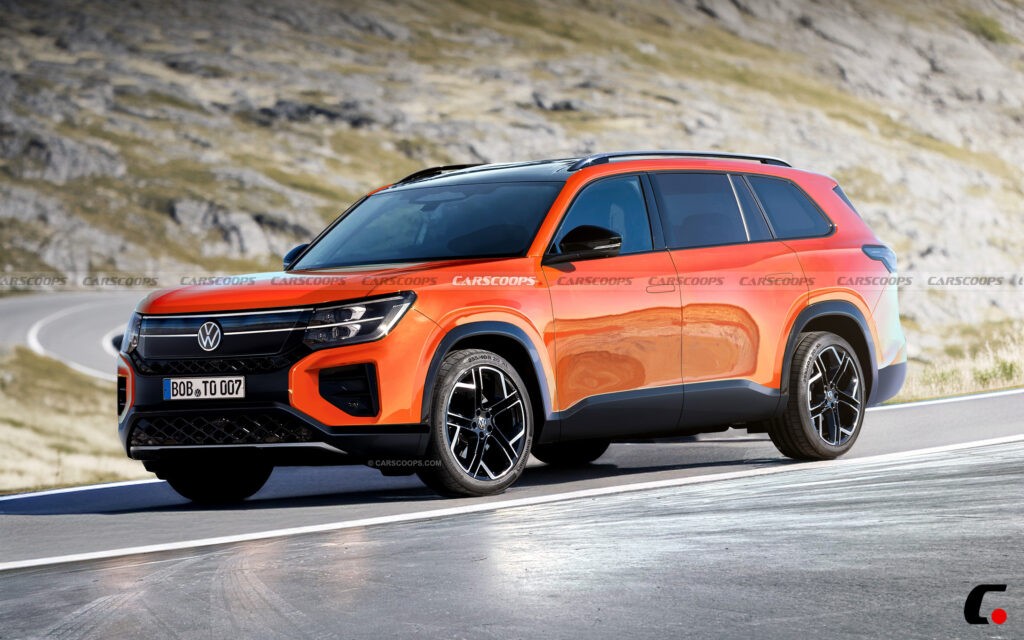- The second-generation Atlas and its Atlas Cross Sport sibling are set to debut for 2026.
- Expect substantial interior upgrades, including a digital cockpit and a large touchscreen.
- The mid-size SUV competes against the Honda Pilot, Hyundai Palisade, and Toyota Highlander.
Volkswagen’s latest lineup additions, like the new Golf R and ID.4, have certainly kept their range feeling fresh. However, the same can’t be said for the handsome Atlas midsize SUV, which is undeniably showing its age.
Fortunately for VW enthusiasts, the German automaker seems poised to breathe new life into this aging model. Our spies recently caught glimpses of its redesigned successor being put through its paces in the the Austrian Alps.
Future Cars: What We Know About The 2025 Nissan Murano
Despite its clever disguise, we’ve managed to digitally strip away the camouflage to uncover all the juicy details of the family-friendly Atlas SUV, which will be joined by a successor to the Cross Sport model with a racier silhouette. Let’s dive into what we know so far.
Streamlined Design
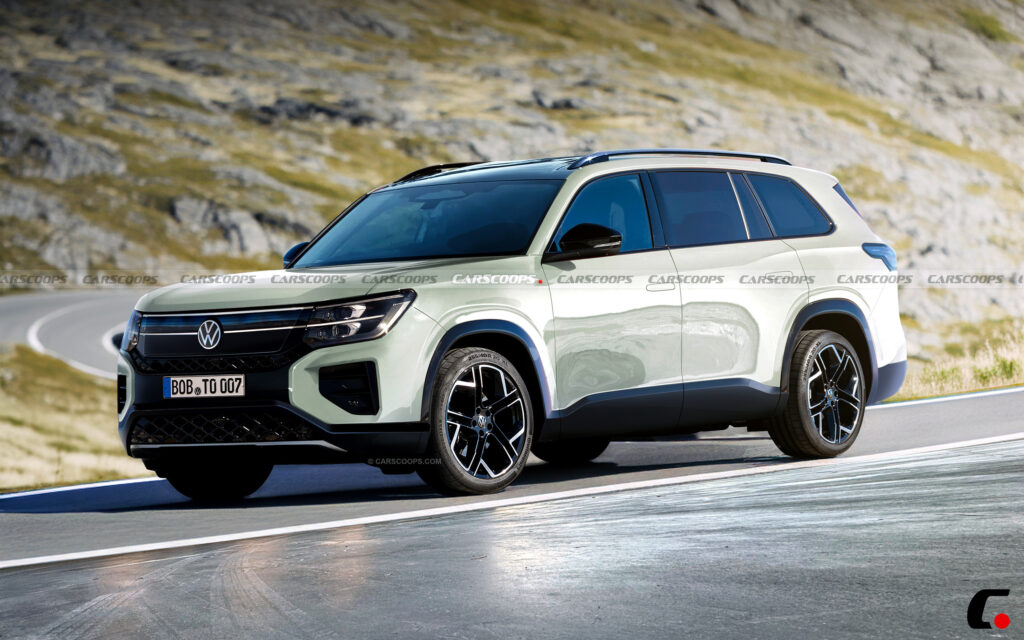
At the front, the all-new Atlas features a redesigned bumper with a wide lower intake adorned with a diamond-like mesh pattern. New LED headlamps have a layered appearance that seamlessly integrates into the upper intake grille, creating a modern and cohesive aesthetic.
Moving to the side, the bodywork takes on a more streamlined approach with less pronounced fenders. The door handles are now retractable, and the character line sits higher and is more subtle. The greenhouse includes larger rear quarter glass and a massive panoramic glass roof.
Review: Europe’s 2025 VW Tiguan Thinks It’s Wolfsburg’s BMW X1
At the rear, the Atlas features a scalloped lower bumper, a simplified liftgate, and a full-width LED tail lamp cluster that closely resembles the new Tiguan’s. These updates contribute to the SUV’s contemporary and sophisticated appearance.
Interior Smarts
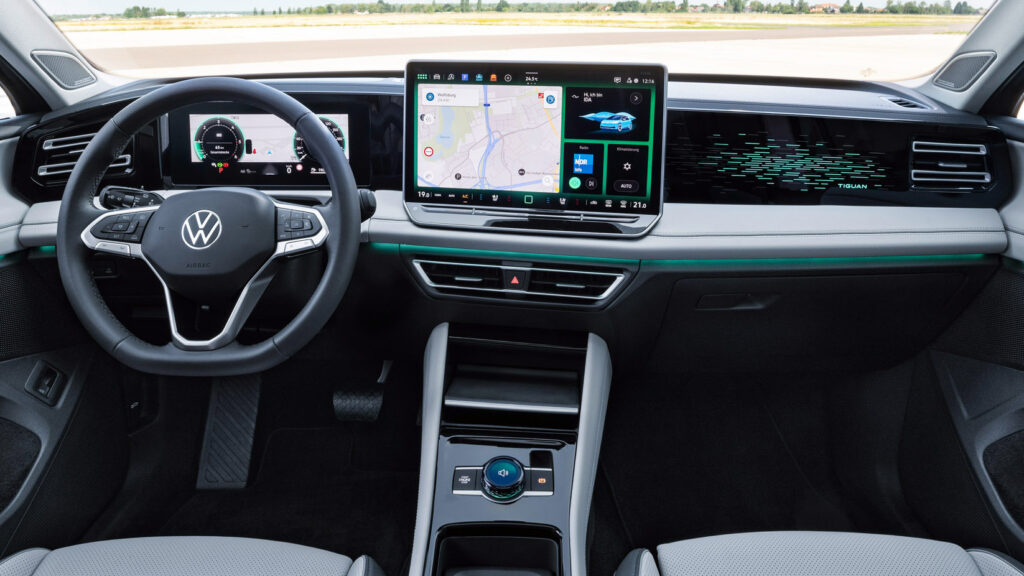
Although images of the cabin have not yet been captured, it’s likely to mirror newer VW models like the redesigned Tiguan. Anticipate a new dashboard featuring a digital cockpit and a prominent 15-inch tablet touchscreen with wireless Apple CarPlay, Android Auto, and integration with ChatGPT .
The upcoming 3-row SUV will offer even more interior space than the current, first-generation Atlas, along with a range of driver assists. Notably, it includes park assist, which enables the vehicle to autonomously maneuver into a parking spot with smartphone app guidance, allowing you to park the SUV remotely from outside.
Powertrains
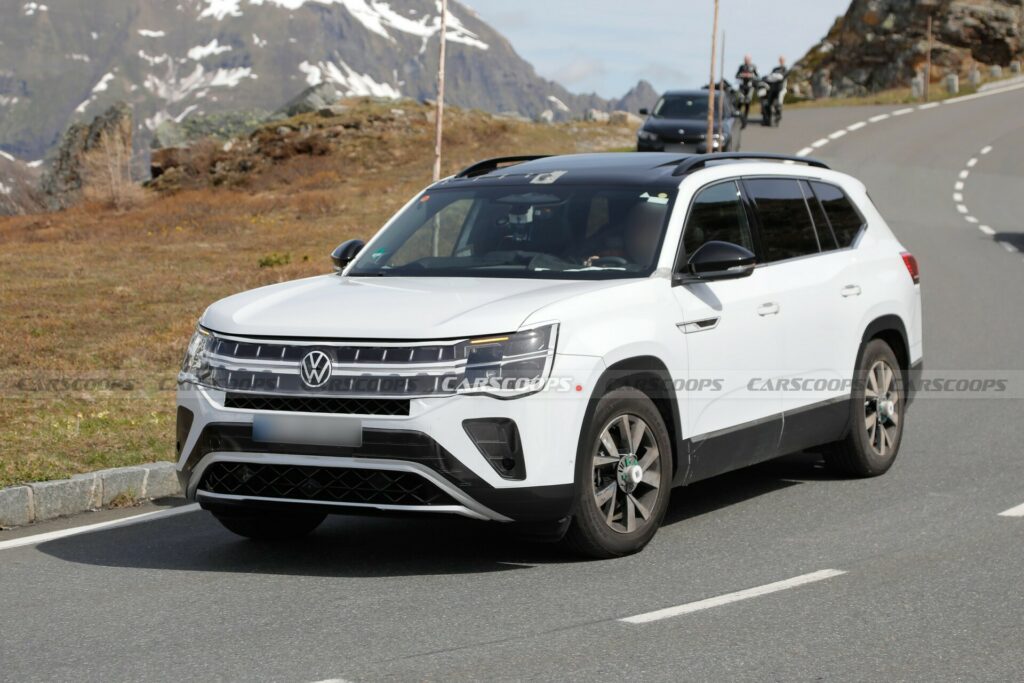
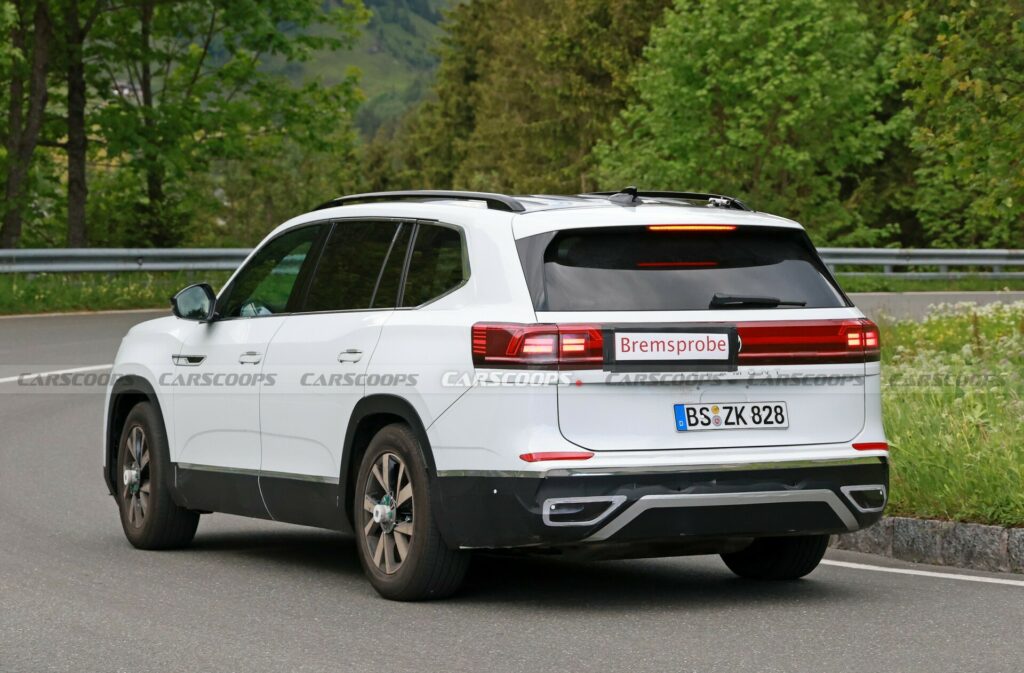
The second-generation Atlas and Atlas Cross Sport are poised to mark their final product cycle as internal combustion vehicles. Both models will continue to be based on the MQB Evo platform, featuring a turbocharged 2.0-liter four-cylinder engine with enhancements over the current 269-hp turbo inline-four and its eight-speed automatic transmission.
More: Everything We Know About The 2026 Audi Q7
Hybrid or potentially plug-in hybrid options are expected to be among the initial offerings. Taking cues from Europe’s Tiguan, the PHEV configuration may include a 19.7 kWh battery, offering an electric range of 62 miles (100 km) and a total power output of 268 hp. Front-wheel drive is likely to be standard on base trims, with all-wheel drive available optionally or as standard on higher trim levels.
Rivals and Reveal
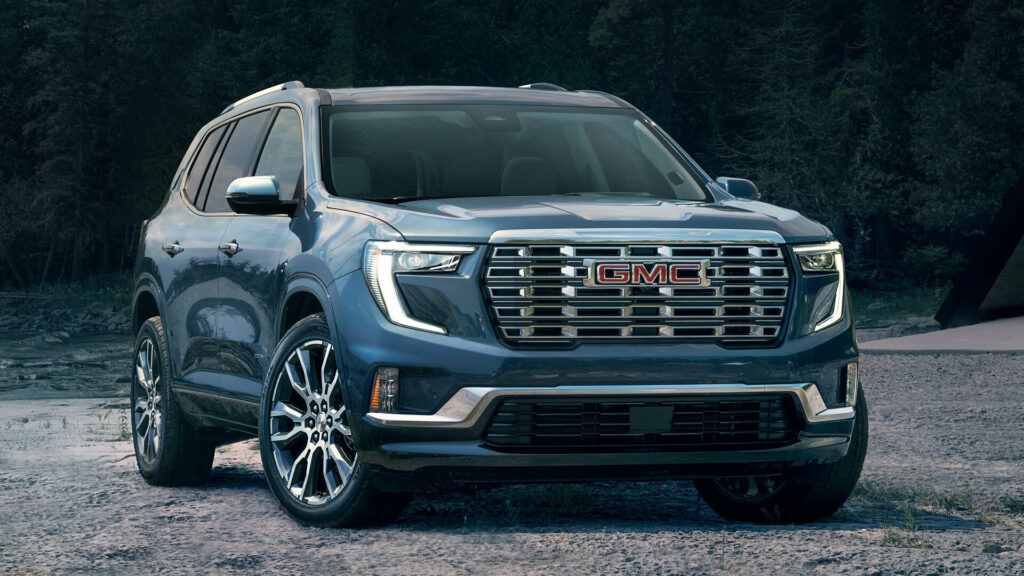
The VW’s closest rivals include Honda’s Pilot, Hyundai Palisade, Kia Telluride, Jeep Grand Cherokee, Toyota Grand Highlander, Subaru Ascent, Ford Explorer, GMC Acadia, and Mazda’s CX-90.
Pricing for the current Atlas starts at around $40,000, although expect this to climb for the new model when it debuts towards the end of next year as a 2026 offering.
What do you think of the next-generation Atlas? Share your thoughts in the comments below.
